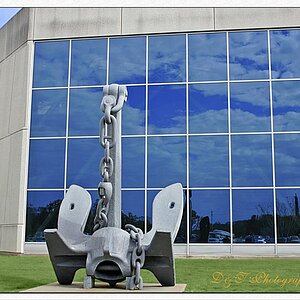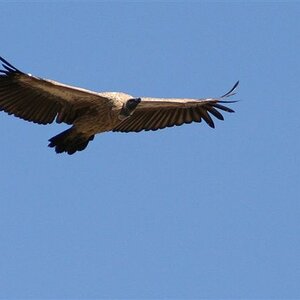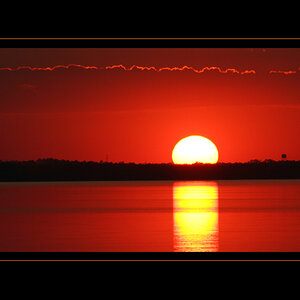christian.covert
TPF Noob!
- Joined
- Jul 17, 2010
- Messages
- 63
- Reaction score
- 0
- Location
- Austin, Texas
- Can others edit my Photos
- Photos OK to edit
I was just wandering if there was a difference between the cheap reflectors and the really expensive ones. Is it the fabric material? Also, what size reflector do you find most useful? Is 42 to 52 inches a good size for full body lighting?


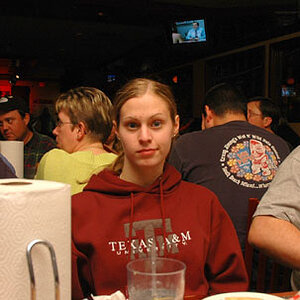
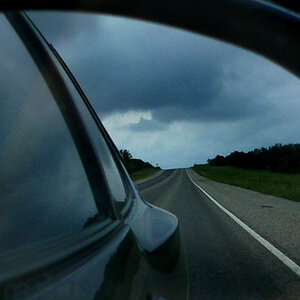
![[No title]](/data/xfmg/thumbnail/37/37533-7e5a25ced65c369c377ecf341b05e1d0.jpg?1619738132)
![[No title]](/data/xfmg/thumbnail/34/34130-336ba02cc837fdcc84b79f822e841df2.jpg?1619736301)
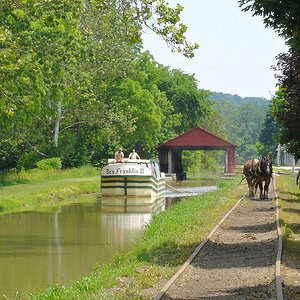
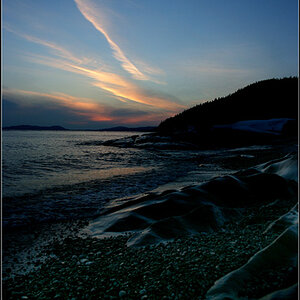
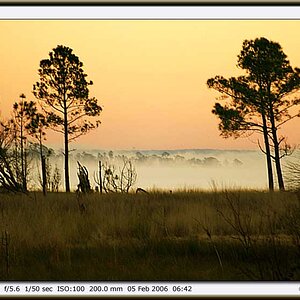

![[No title]](/data/xfmg/thumbnail/37/37534-e0f67d1d14bd79cca15937359f0e4c94.jpg?1619738132)
